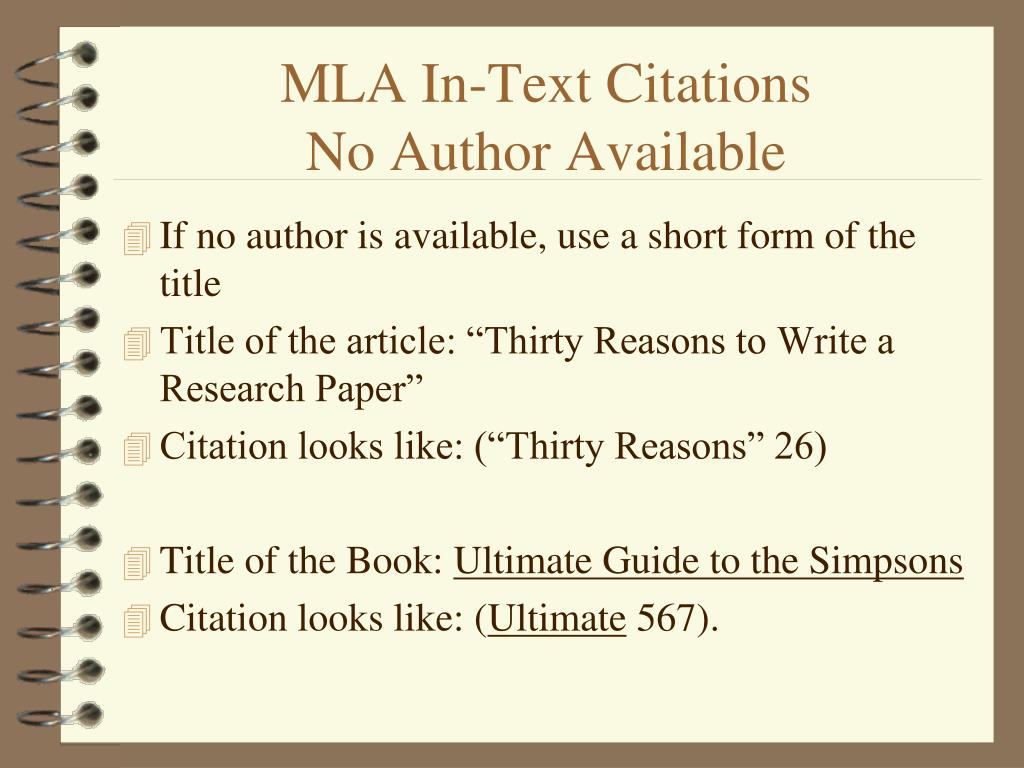
Option 2: Paraphrase to remove the acronym from the quoteĪnother solution is to paraphrase any troublesome part of a quote, quoting only the remainder. You want to change the quote as minimally as possible. In this case, however, the explanation follows the acronym-DKA -as that is the simplest way to inform readers. Acronyms are normally introduced in APA Style by writing out the words in full, then putting the acronym in parentheses: Note that the explanation of the acronym immediately follows it.

Here’s how your quote should look with (a) DKA explained in square brackets and (b) the text blocked. Not only do we need to clarify DKA for readers, we also need to block this quote as it is more than 40 words. “In fact, increased incidence of DKA among children with type 1 diabetes has been observed due to a delay in seeking medical treatment and in providing routine healthcare for newly developed symptoms, as patients are afraid of contracting COVID-19 from healthcare settings” (Katulanda et al., 2020, p. Option 1: Use square brackets to introduce the acronym Let’s start with the easiest solution first. You could also paraphrase the part of the quote that includes the acronym. This practice is common for defining terms used in the quoted passage, or for adding or changing words within the quote to fit the grammar of the sentence. The easiest solution is to use square brackets: Whenever you have text within quoted material that needs to be clarified for the reader, put the explanation into square brackets. Section or page breaks in texts keyed to reference editions, e.g.Yes, you can still use this quote-or any quote with an acronym, abbreviation, or initialism. M(arcus) Cicero s(alutem) d(ixit)Ī †word or †words† that the editor considers corrupt but never satisfactorily emended Parenthetical words / phrases or expanded abbreviations, e.g. Words that the ancient or medieval copyist deleted Missing or indecipherable letters or text If the latter is used, the former encloses additional information such as references to other texts

Words that the editor considers spurious. The following list explains the sigla most frequently encountered readers interested in more detail should consult the particular editor’s review of the history of the text in the work's introduction. Loeb editors use sigla within the text and in notes beneath the text (usually in Latin, by convention) to flag variants and conjectures that significantly affect its translation or interpretation. Editors use the surviving copies to recreate the original by choosing the variant readings likeliest to be correct and emending doubtful readings by conjecture. All Latin and Greek texts, even those inscribed on stone, began as handwritten copies (often damaged) of lost authorial originals and so contain errors, interpolations, and omissions.


 0 kommentar(er)
0 kommentar(er)
